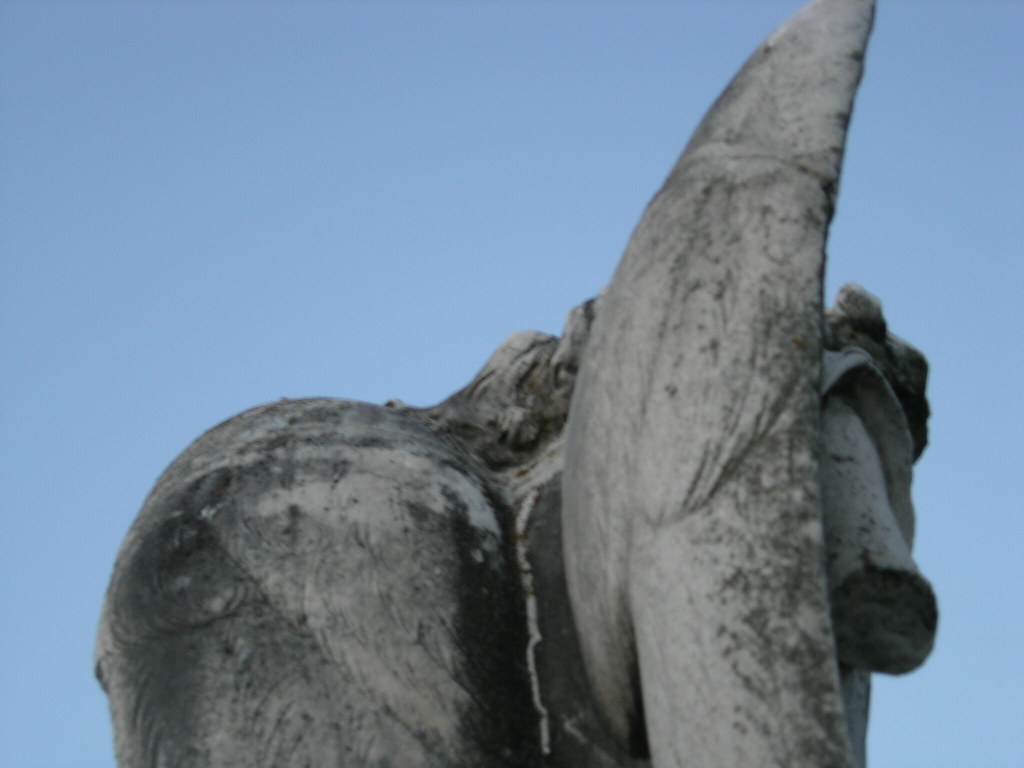A few weeks ago my attending let me do my first solo vetriculostomy. This is a common bedside procedure we do to relieve intracranial pressure from either trauma, a tumor causing mass effect, or if a pt has a intracranial bleed they may not be able to properly drain their cerebrospinal fluid/CSF (called hydrocephalus).
We were called in because this pt had driven drunk home from his bachelor party and crashed into a tree at a high speed. He was 27 years old and only 6 days out from his wedding with a worsening neurological exam by the minute.
The first thing you do in any cranial neurosurgical procedure is give the pt a very bad haircut. Essentially, you only shave the right frontal area of the skull to locate an anatomical spot called Kocher's point for a ventriculostomy. This is a spot found if you would draw two lines upward onto your head first from your right ear and secondly, from the mid-point of your right pupil; the intersecting point of the two lines is Kocher's. Once you have located the spot you numb the area with lidocaine, incise with a scalpel, and open the 1-2 cm incision with a small retractor.
Next comes the fun. You take out your trusty hand-powered drill (hence the title of this entry), set the drill bit; which I was reassured was designed to not allow the operator to plunge into the brain once you've drilled through the skull. This is the critical stage of the procedure. The angle of the drill needs to be perfect and unchanging while your right hand presses downward on the drill and your left hand cranks the drill to power the bit through the skull. The drilling is done until you feel a "pop" as you go through the inner table of the skull and hit dura. The dura (outer covering of the brain) needs to be incised to allow the passage of the catheter (hollow tube) through the burrhole (nice way to say hole you just drilled into someone's head) into the brain and hopefully directly into one of the two lateral ventricles to drain off the CSF and relieve the pressure. Once proper drainage is confirmed the catheter is secured and connected to a drainage system to monitor the fluid output.
The outcome's are mixed in the patients we perform this procedure, depending on the contributing factors which caused them to need a ventriculostomy. In the case of this young man sadly, he did not recover. He is clinically brain dead but, his family refuses to let go at this time. I haven't seen him in a few weeks. I don't think I'll likely ever forget his story or the feeling of that pop when I finally drilled through his skull.
-07.31.08 Update: Just saw the pt again today. He is totally unresponsive on neurological exam other than a cough (one of the last reflexes to go). He is dependent on a ventilator to breath and has a feeding tube placed. Realistically, he is no longer alive. His family and fiancee however feel he will awaken one day, they've moved the wedding date to November. Very Sad.
8.28.2008
8.04.2008
human study
Just a few movies and one musical artist that have greatly amused me. All of them are definitely off the beaten path.
-King of Kong: A Fist Full of Quarters:
-Wordplay:
-Lastly is an artist we saw this past Friday at the Musikfest in Bethlehem. He goes buy the name Cast in Bronze, wears an all black jumpsuit, rocks out on a carillon, and wears quite an interesting mask. Check it out:
-King of Kong: A Fist Full of Quarters:
-Wordplay:
-Lastly is an artist we saw this past Friday at the Musikfest in Bethlehem. He goes buy the name Cast in Bronze, wears an all black jumpsuit, rocks out on a carillon, and wears quite an interesting mask. Check it out:
Subscribe to:
Posts (Atom)



